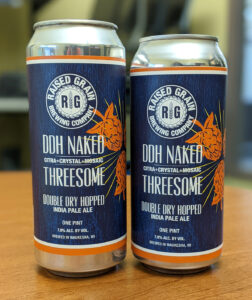
Canned Wine, Beer and Specialty Drink:
Shrink Sleeves and Pressure Sensitive Labels vs. Printed Cans
Customers that are interested in 360° top-to-bottom graphics on cans for wine, beer or specialty drinks have three labeling options:
Printed Cans
Shrink Sleeves or
Labels
Printed cans have a high minimum order requirement -100,000 cans at a time, longer lead times – 12 weeks, and can be more expensive for small to mid-size producers who are not buying truckload quantities of a single version. Given the setup charges for art, version charges and split shipment charges for printed cans, it is not always the best choice for brands that want more flexibility with their design, and faster print-to-market solutions, and better graphic and decoration quality.
Shrink sleeves and pressure sensitive labels allow brands to trial different designs in the marketplace easily, add fun and eye catching designs to draw product attention on the shelf, and do so with very short lead-times to react to market needs. They also lower overall cost.
LOWER OVERALL COSTS / SPEED MATTERS
Shrink sleeve and pressure sensitive labels provide the ability to print only what is needed and when it is needed. They also provide the highest quality graphics, shelf value-add and product differentiation.
Our OmniMark Art Management System provides great flexibility to change or upgrade designs literally real-time providing speed to market opportunities. Why wait 4 to 6 weeks to get a design, when you could have it in days?
With shrink sleeve and pressure sensitive labels, clients do not have to invest in vast warehouse space dedicated to printed cans which consume expensive warehouse costs, get damaged through warehousing and material movement and become obsolete as designs change.
COLOR AND DECORATION QUALITY AND VALUE
Shrink sleeve and pressure sensitive labels provide exceptional print quality. Vignettes, background screens, vivid colors and many decoration opportunities are available, from spot varnishes, soft touch varnishes, tactile print and varnish, as well as metallics. We invest in state-of-art digital and flexo printing equipment to push the limits of print quality and creativity.
Ink that is printed directly on cans appears muted and hazy due to the gray metallic of the can showing through the ink. The print quality simply does not provide the necessary value and shelf appeal. Shrink sleeves and pressure sensitive labels ensure your graphics pop and help your product stand out on the shelf.
For more information or someone simply to help you navigate your can labeling needs, please give us a call at 262-820-8123 or email craftbrew@lauterbachgroup.com.


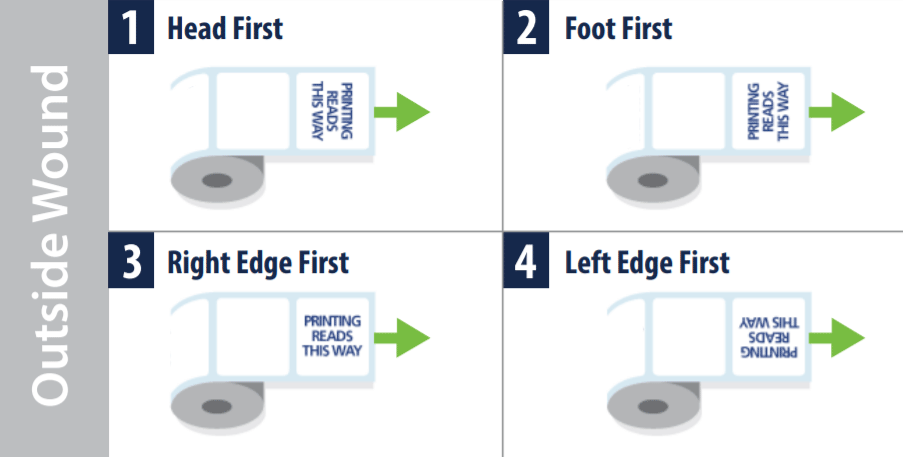
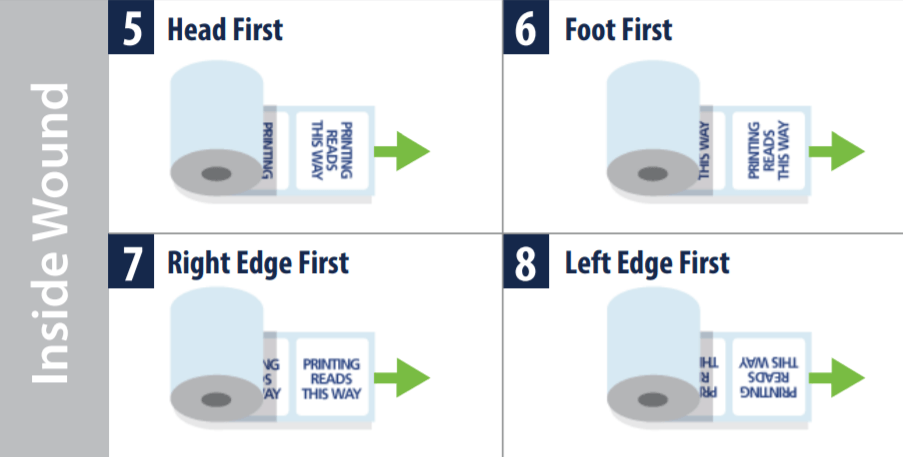
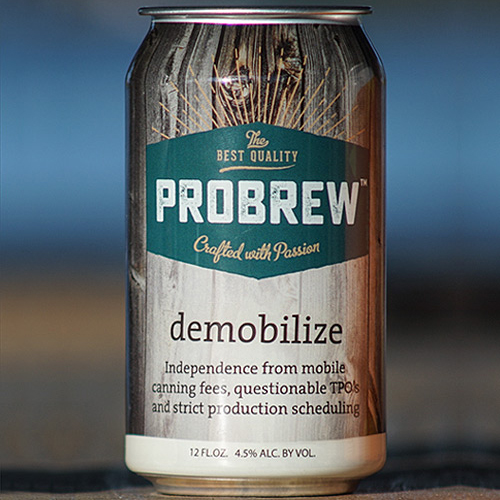
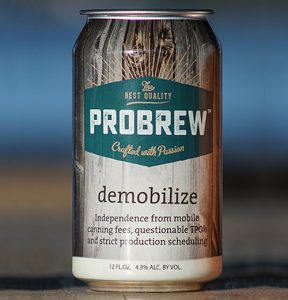

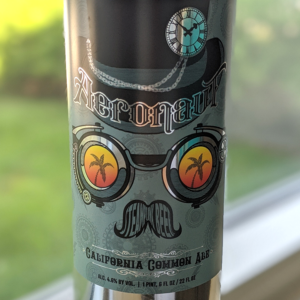
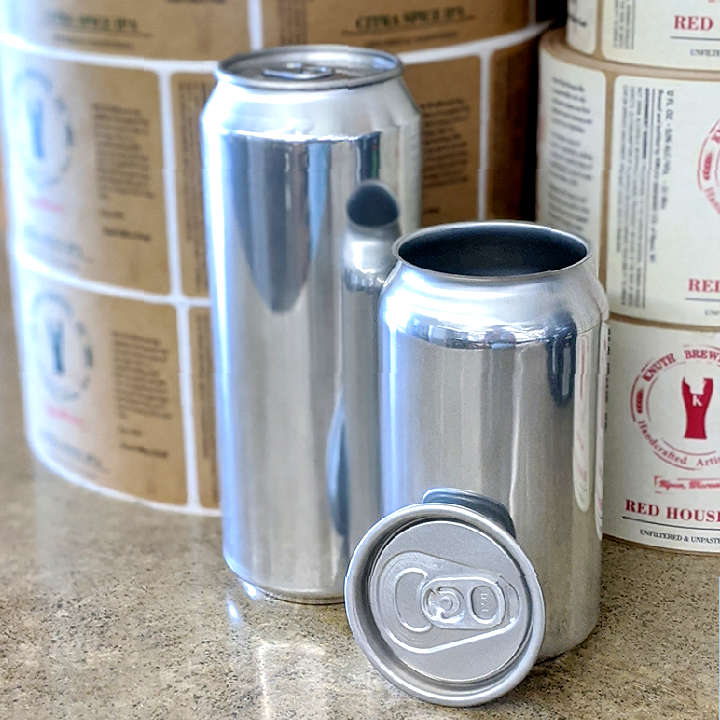
 Are you new to the beverage industry or just need a quick lesson on can and label sizes?
Are you new to the beverage industry or just need a quick lesson on can and label sizes?